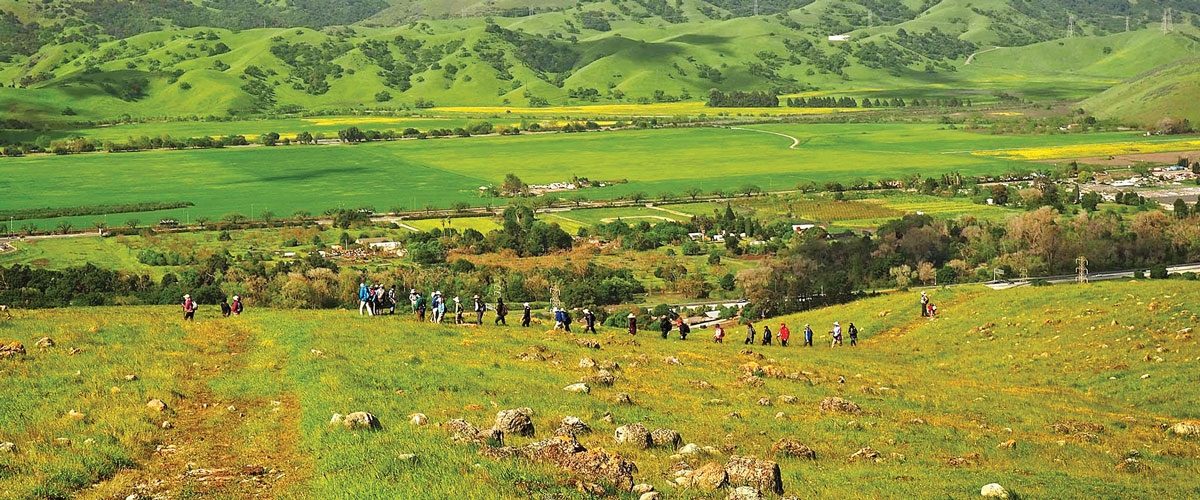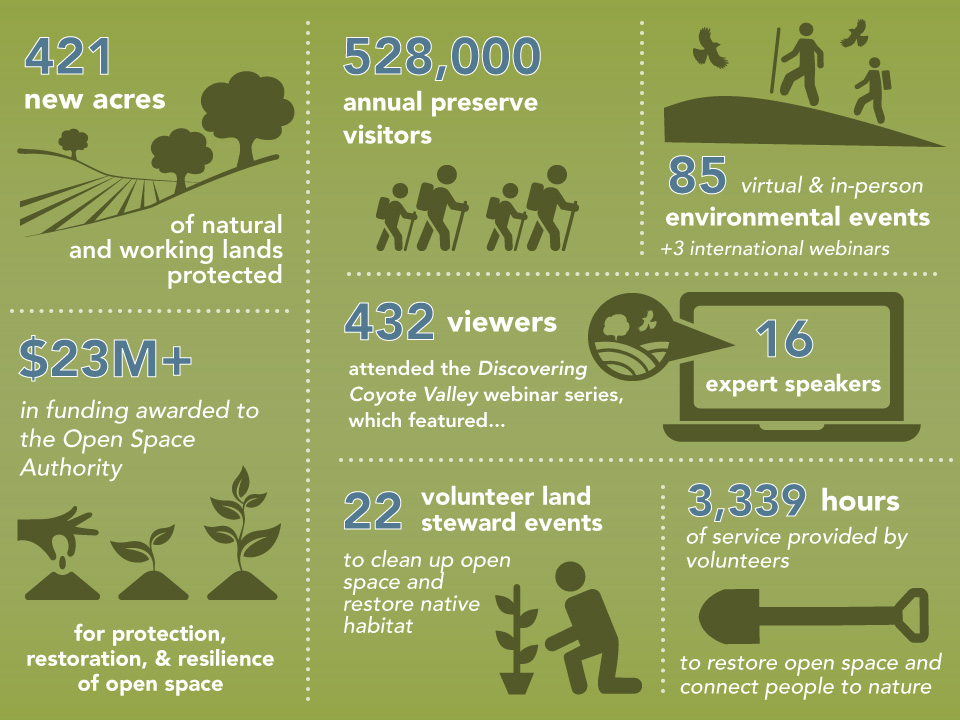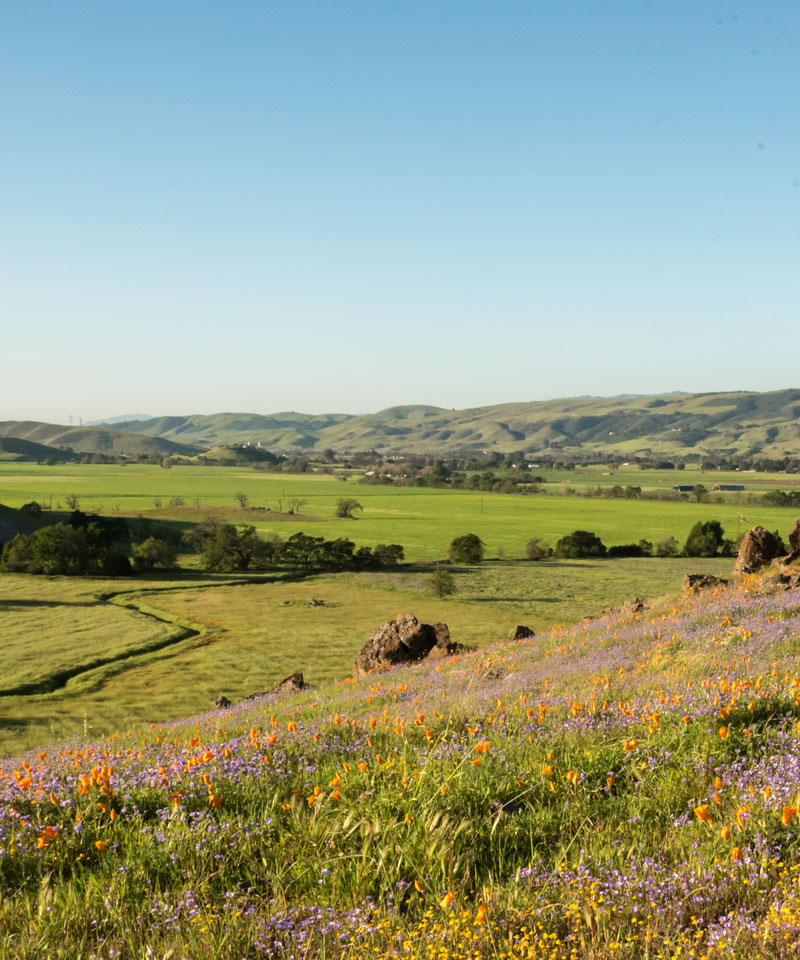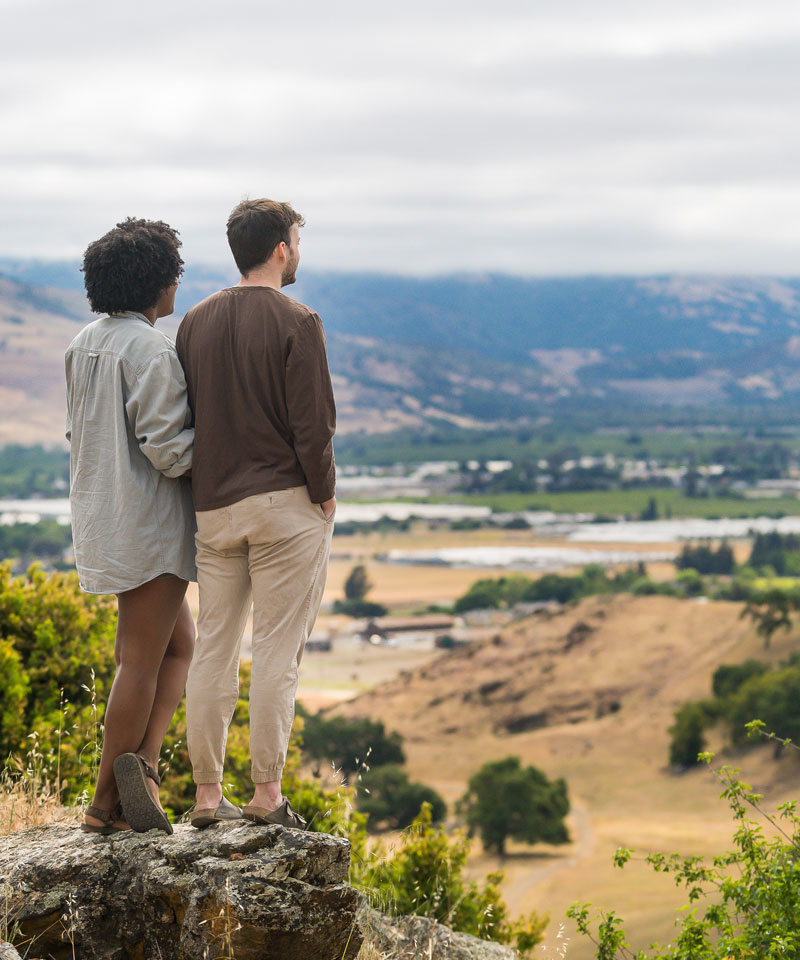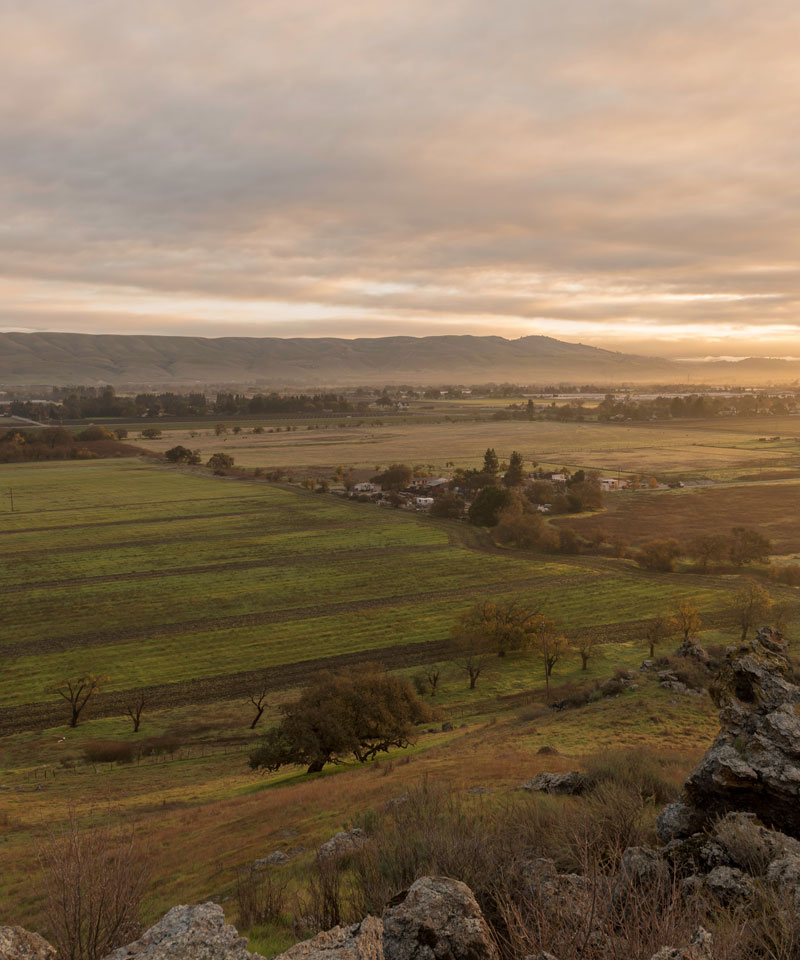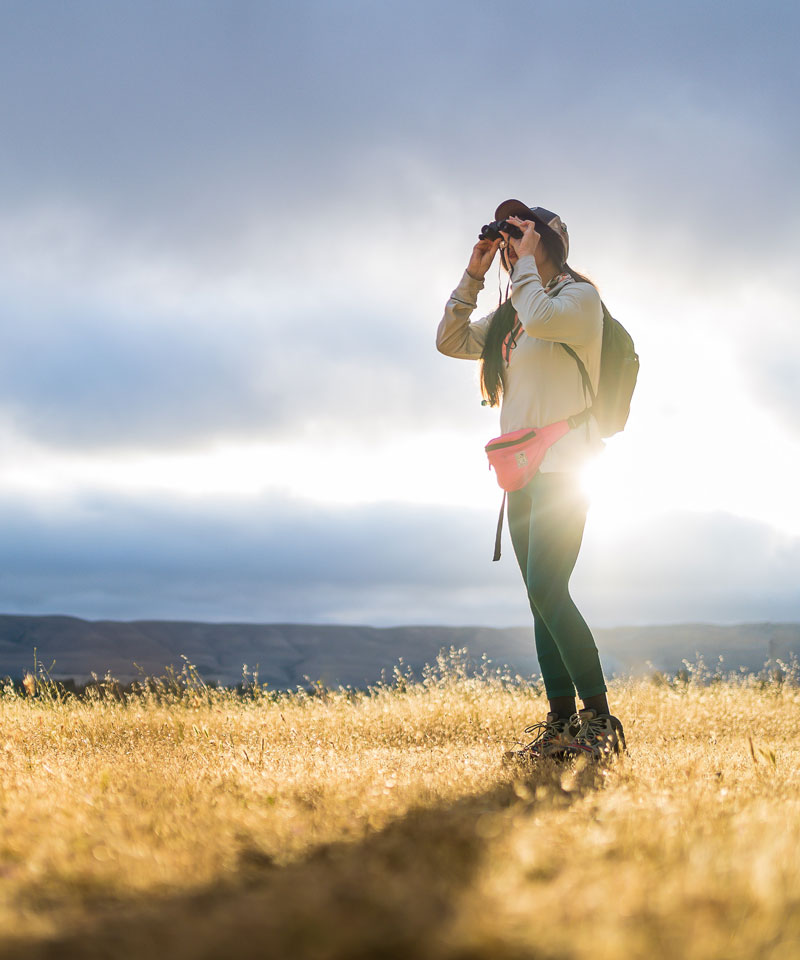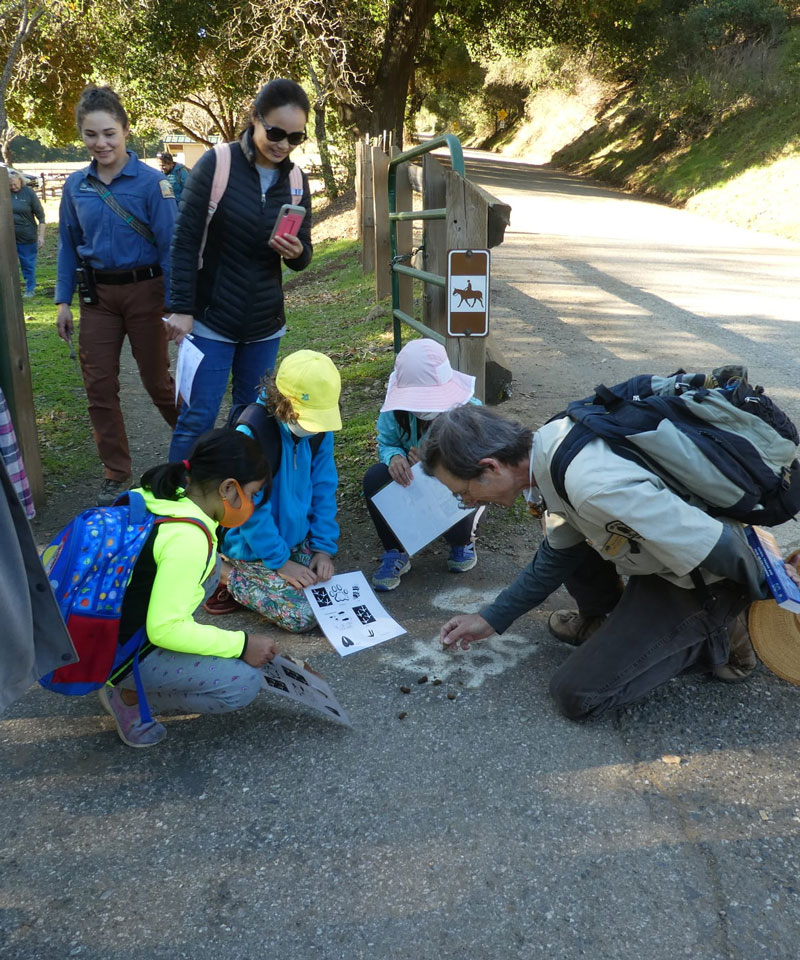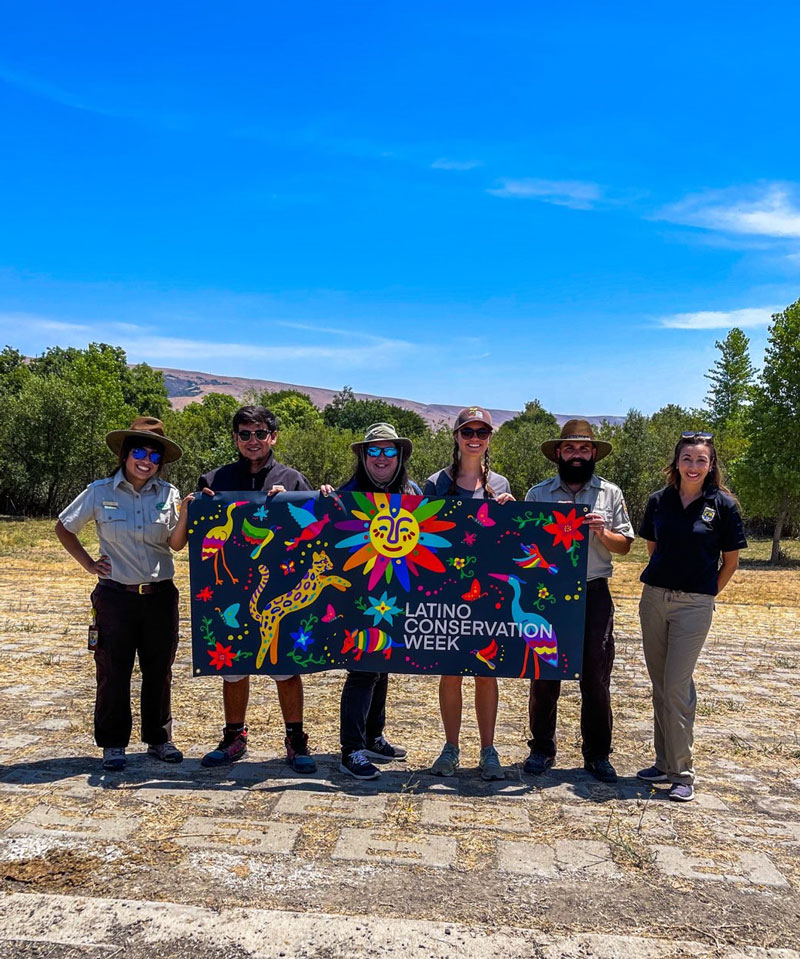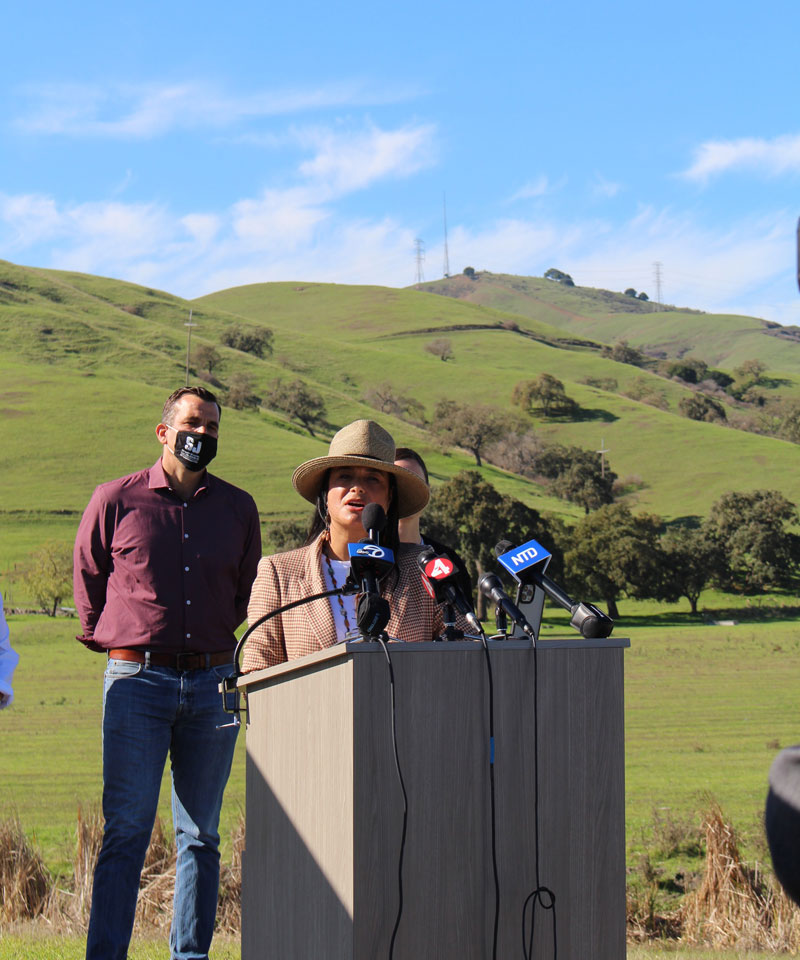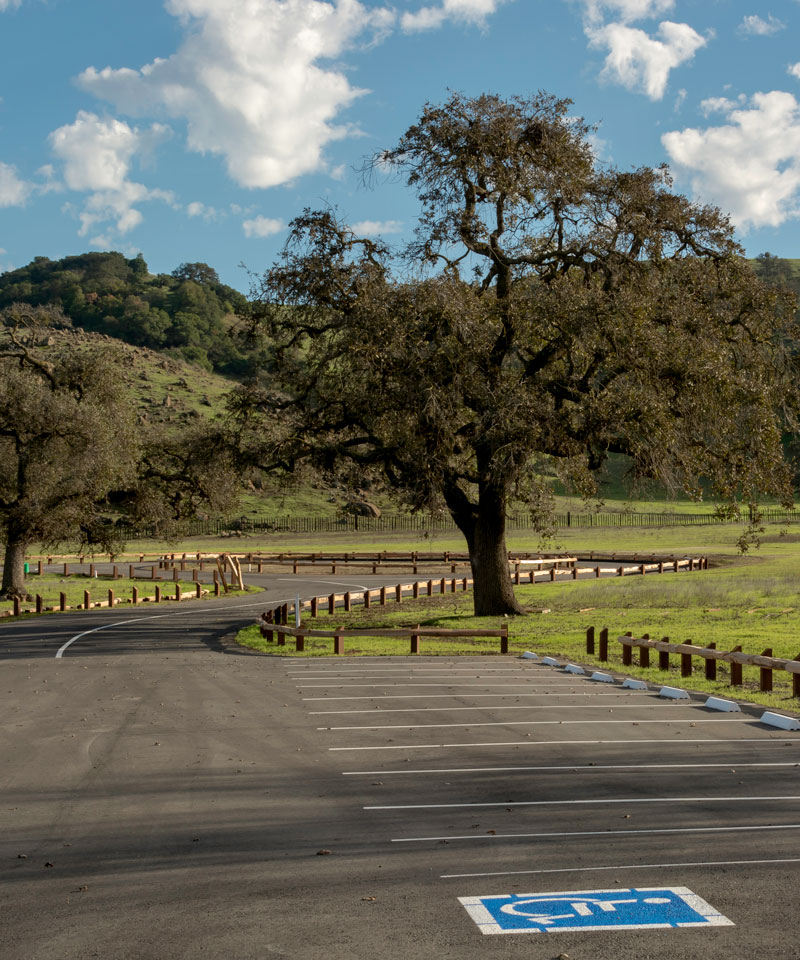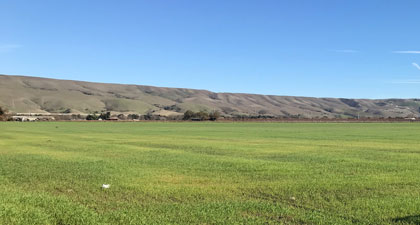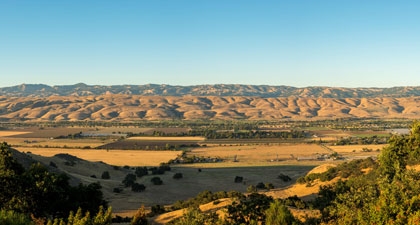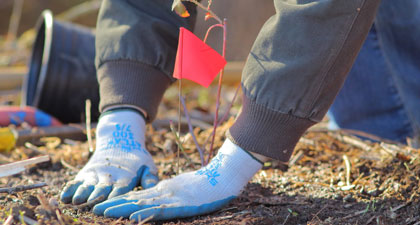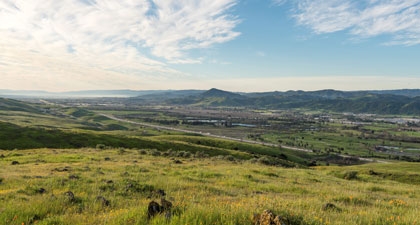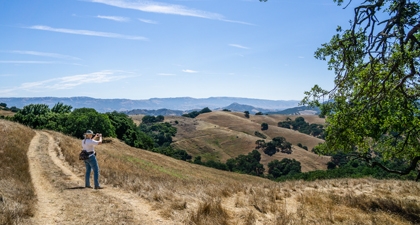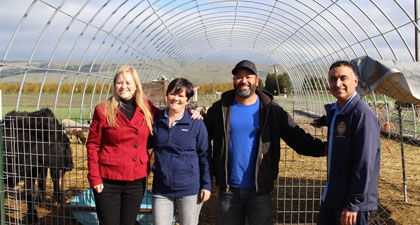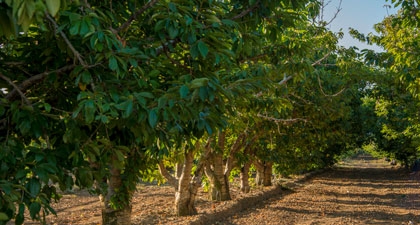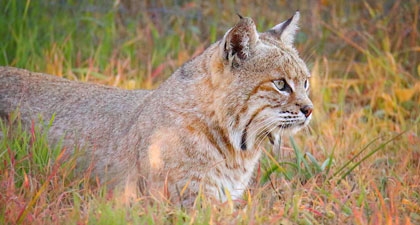To better inform this work, the Authority continues building relationships with the Amah Mutsun Tribal Band and the Muwekma Ohlone Tribe of the San Francisco Bay Area, whose traditional territories reside within the jurisdiction of the Open Space Authority. “By helping the Tribes connect to the land and sacred spaces, we can support their goal to rediscover and employ traditional ecological and cultural knowledge as contemporary land managers and as effective partners in stewardship and education,” said Matt Freeman, Assistant General Manager at the Authority.
In October, the Authority’s Board of Directors took action to support the Muwekma Ohlone Tribe’s federal recognition, and
officially recognized November as Native American Heritage Month. In November, the Board also received the Authority’s official
land acknowledgement, which will be used to show respect, take a step toward undoing stories and practices that erase Indigenous Peoples’ history, and to recognize the important role of Indigenous Peoples in the present and future of protected lands.
For more background, read statements from Andrea Mackenzie, General Manager of the Authority, acknowledging
Indigenous Peoples Day and
Native American Heritage Month, and visit our
Tribal Partnerships webpage.
Commitment to Justice, Equity, Diversity, Inclusion, and Accessibility (JEDIA)
The Authority is working on promoting JEDIA practices both internally and externally.
In January 2021, the Authority officially created the JEDIA Ad Hoc Committee, comprised of Board and Citizens’ Advisory Committee (CAC) members, that is dedicated to evaluating and improving how the Authority’s work integrates and reflects the values of Justice, Equity, Diversity, Inclusion, and Accessibility. Staff are currently preparing draft commitments based on the work with the committee throughout 2021. The diversity, equity, and inclusion commitments will be presented to the full Board and CAC in early 2022.
Additionally, during the summer, the Board of Directors officially recognized June as Pride Month to demonstrate commitment to the agency’s values of creating welcoming, and inclusive outdoor spaces for all, including the LGBTQIA+ Community.
To promote accessibility, updates were made to the Authority’s
website to meet plain language writing principles, making information easier to read and understand.
Further, the Authority features recurring
Equity Lens updates in its newsletter to maintain transparency and provide opportunities for community feedback.
